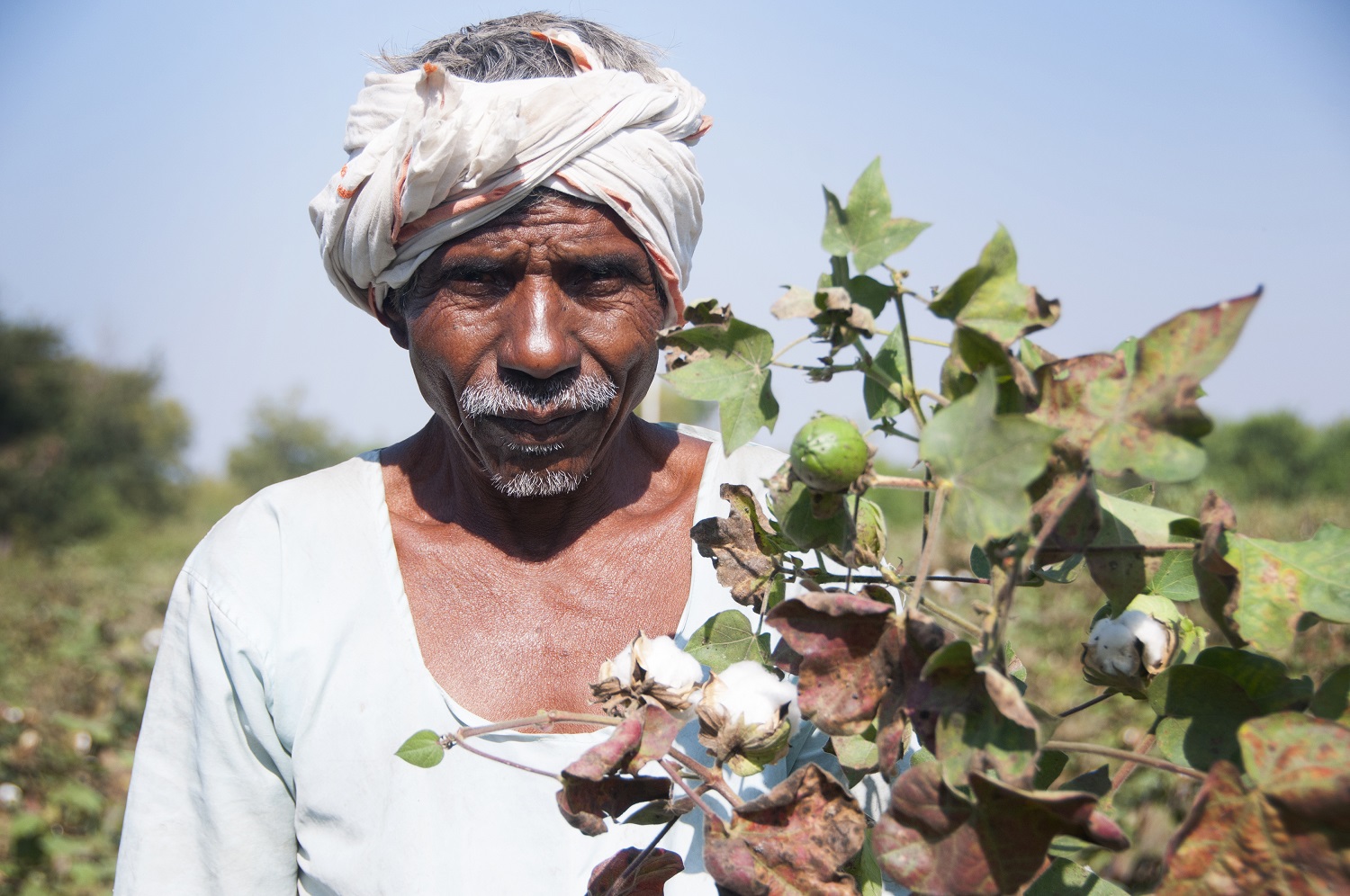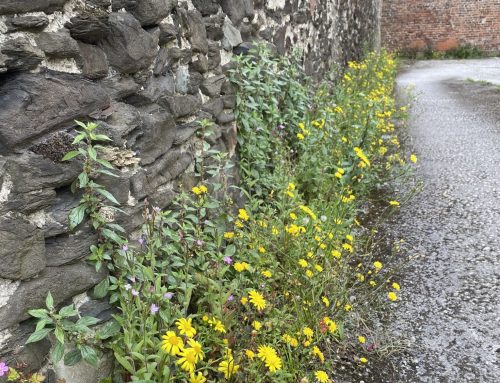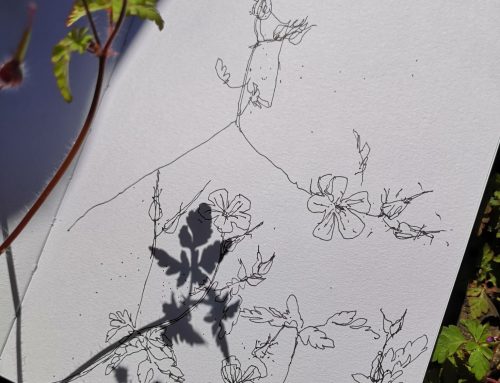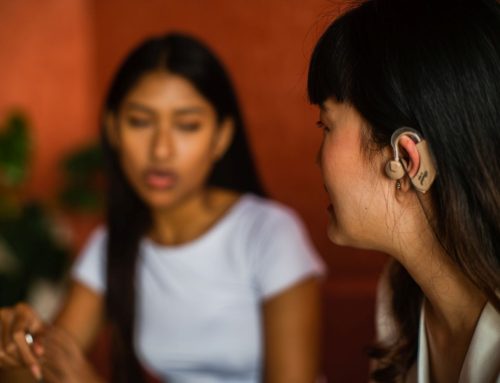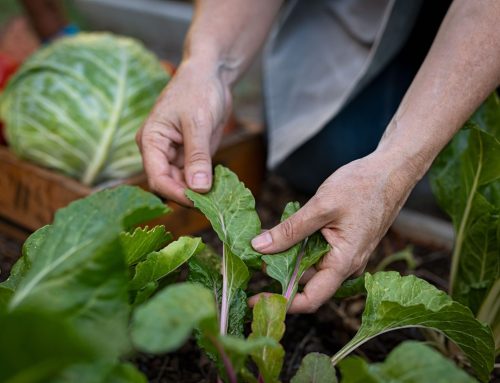As the Better Cotton Initiative General Assembly opens, PAN UK publishes a revised version of its report on global pesticide use in cotton.
The revised report includes new data on the United States Cotton sector’s pesticide use provided by Cotton Incorporated, and includes a reanalysis of official US government data. The new figures show that while insecticide and fungicide use on US Cotton has fallen significantly in the last 20 years (by 78% and 95%, respectively), herbicide use has increased by 54%. As a result, total pesticide use – in terms of lb per acre – in US cotton production is broadly similar to that of two decades ago.
Recent figures on pesticide use in cotton are out of date and inaccurate
Cotton supports around 100 million rural families across the globe. It provides employment and income, and is the mainstay of the economies of some of the poorest countries in the world. But cotton has its problems. It has been associated with everything from forced and child labour to pesticide poisoning of farmers and their families and environmental pollution. A number of high profile initiatives have been launched to tackle these problems and they are making inroads. Many of the most egregious practices harming human health and the environment have been – or are being – addressed. But it is a work in progress and data on the level of change is sketchy.
The debate on pesticide use in cotton in recent years has been severely distorted by the use of figures that are out of date and inaccurate. We take a detailed look at six countries and regions who between them account for around four-fifths of the world’s cotton production: Africa, Australia, Brazil, China, India and the United States.
Reliable data is not readily available
The task has not been easy. Reliable data on global pesticide use in cotton is not readily available and is spread across multiple sources with different approaches to data collection. In this report, we have drawn on figures from the Agricultural Outlook 2016-2017 database compiled by the Organisation for Economic Co-operation and Development (OECD) and the Food and Agriculture Organization (FAO) of the United Nations. Where possible, these data sets have been compared with information made publicly available from other official and/or scientific literature sources (e.g. International Cotton Advisory Council, US Department of Agriculture and other national data sources).
In this revised edition, Cotton Incorporated have provided new data on US cotton’s pesticide use, along with expert analysis of US official statistics and the drivers behind recent changes.
Findings show that pesticide use has not dropped as substantially as some believe
Findings suggest that while insecticide use declined in some areas of the world in the early part of the century following the introduction of GM cotton varieties, it is on the rise again as farmers struggle to control secondary pests like aphids and whitefly.
The report also finds that pesticide poisoning remains a serious problem in smallholder cotton farming.
Pest adaptation to the new transgenic GM environment is also changing the way pests are controlled, and in some cases requiring the pattern of insecticide use to be adapted.
“What is clear from this report is that the promised reductions in pesticide use from genetically modified cotton are often illusory and short-lived. Poor resistance management and new pests are driving big increases in insecticide use in India, China and Brazil. While the introduction of herbicide-tolerant GM varieties has seen a massive increase in herbicide use in some countries like the US.”
“This report makes clear that reliable data on pesticide use in cotton is hard to come by. There is an urgent need to improve data collection and measurement and to increase transparency in the sector – you cannot control what you don’t measure. We are grateful to Cotton Incorporated for providing new information on US Cotton’s pesticide use and encourage other countries to publish their own information and set targets for pesticide reduction”
Dr Keith Tyrell, Director, PAN UK
Progress is not uniform: some countries have achieved and sustained significant reductions in pesticide use, while others have seen use rise. It is worthwhile noting that those countries who have been most successful at cutting pesticide use – and in keeping it low – have been those who have embraced Integrated Pest Management (IPM).
The lesson is clear: if it is serious about reducing pesticide use, the sector must make more use of tools like IPM and other agro-ecological approaches to control pests.

